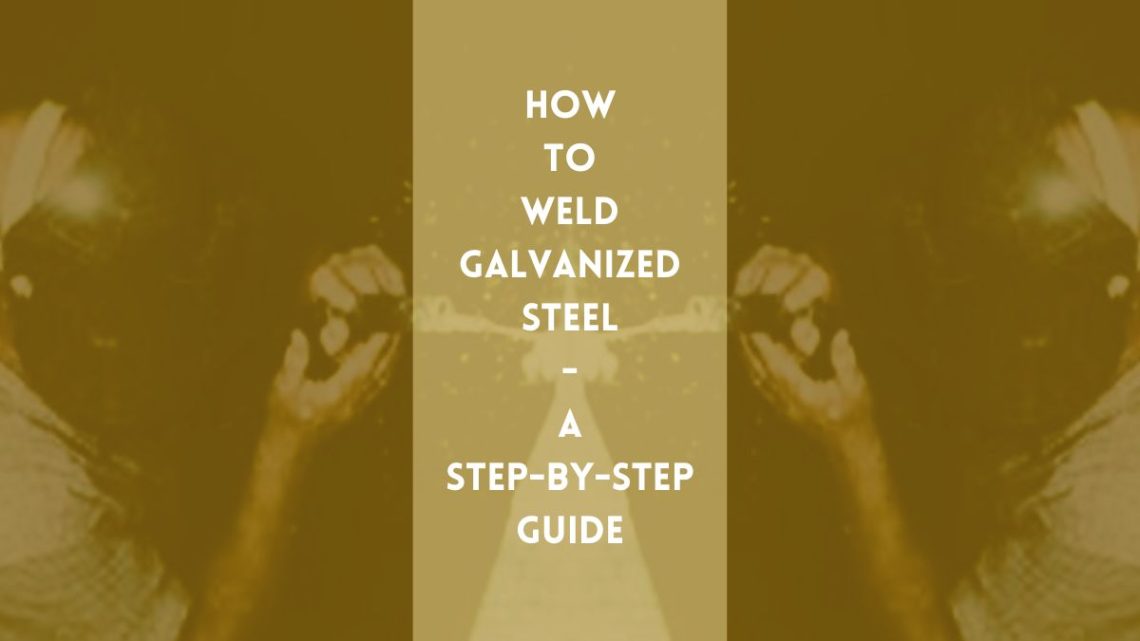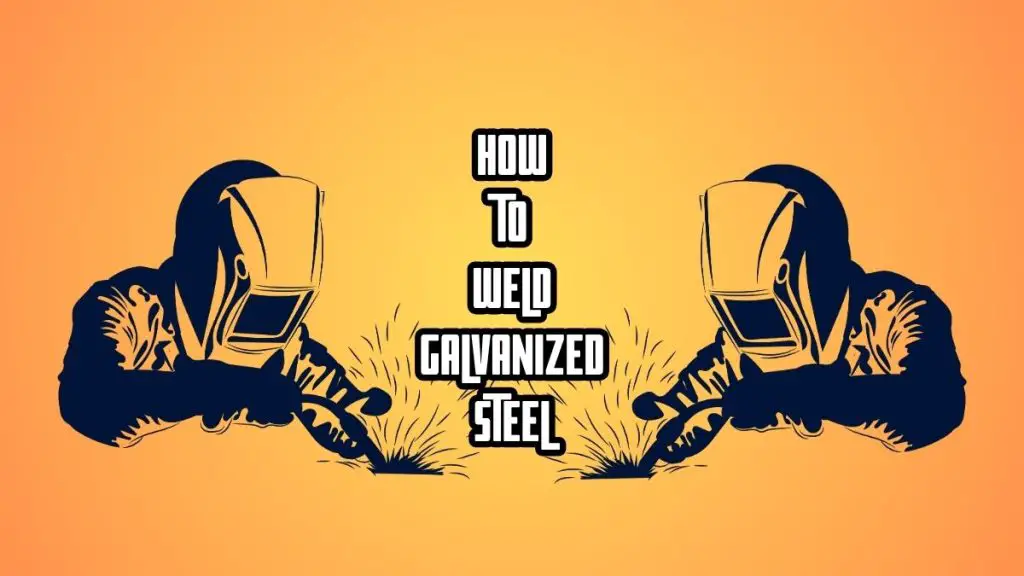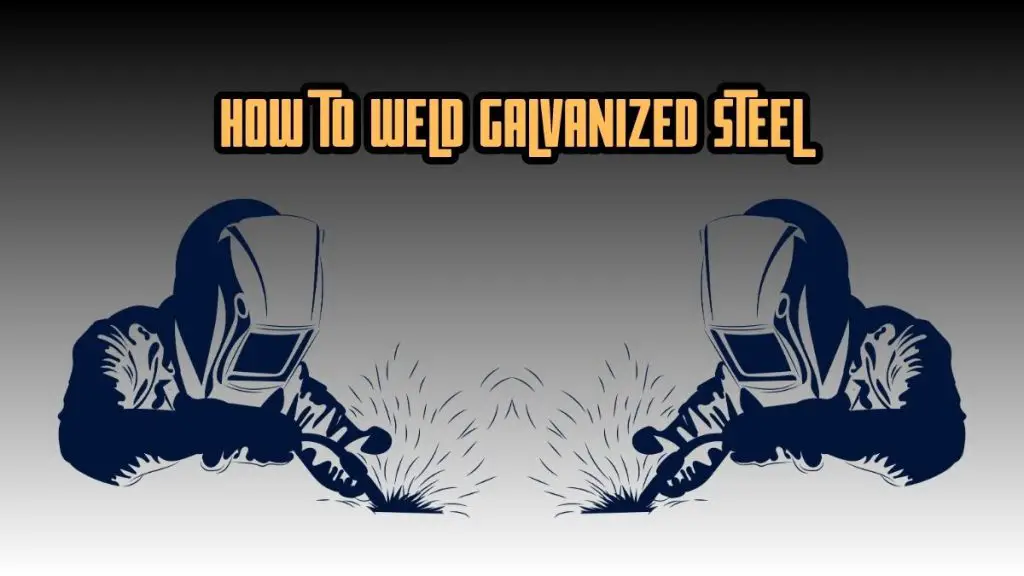
How to Weld Galvanized Steel Like a Pro
To weld galvanized steel, remove the zinc coating from the weld area and choose an appropriate filler material. Use correct ventilation to avoid inhaling toxic fumes produced during the welding process.
Welding galvanized steel involves special considerations to ensure strong joints and safety due to the zinc coating. The galvanization process adds a protective layer to the steel, which can complicate welding. For successful welding, it’s crucial to start by grinding away the zinc coating at the weld site to prevent contamination and ensure proper weld penetration.
The right choice of welding technique, such as shielded metal arc welding (SMAW) or gas metal arc welding (GMAW), combined with suitable filler metals, is also key. Welders must wear protective gear and work in well-ventilated areas to safeguard against the hazardous fumes that arise from heating zinc. Following these steps, one can achieve a durable and safe weld on galvanized steel.
Related Article: How To Choose A Welder: Expert Tips for Perfect Joining
You may also read: The Ultimate Welding Tools for Beginners

Related Article: Welding Parameters: Tips for Superior Joint Quality
You may also read: Top 9 Best Welding Helmets of 2025 for Welding Safely
Safety First: Preparing To Weld Galvanized Steel
Welding galvanized steel is a common task in the metalworking sector. Yet, it demands attentiveness to safety. Preparedness is key before beginning your welding project. Let’s ensure that your welding efforts are secure and efficient.
Understanding The Hazards Of Zinc Fumes
Galvanized steel is coated with zinc to prevent rust. This coating can vaporize when exposed to the high heat of welding. Breathing in zinc fumes can lead to metal fume fever, a flu-like condition. It is crucial to recognize this risk before starting the welding process.
- Keep the work area well-ventilated to reduce fume accumulation.
- Use exhaust systems like fume extractors to capture zinc vapors.
- Work outdoors if possible to ensure an abundance of fresh air.
Credit: galvanizeit.org
Related Article: The Basics of Resistance Welding – A Complete Guide
Essential Personal Protective Equipment
Personal Protective Equipment (PPE) is non-negotiable in safeguarding welders. It serves as a primary barrier between you and the potential hazards.
| PPE Item | Function |
| Respirator | Filters airborne particulates, including zinc fumes. |
| Welding Helmet | Protects eyes and face from sparks and intense light. |
| Fire-resistant Clothing | Guards skin against burns from hot metal and spatter. |
| Gloves | It Shields hands from heat and provides a better grip. |
| Ear Protection | Prevents damage from noise associated with welding. |
Always inspect your PPE before use. Ensure that no parts are damaged. Replace any worn out gear to maintain protection levels. Find the right fit for gear to guarantee maximum shield and comfort.
Credit: www.reddit.com
The Basics Of Galvanized Steel
Galvanized steel is a type of steel with a zinc coating. This coating protects against rust and corrosion. It extends the steel’s life. It’s used in many outdoor applications. Examples include fences, handrails, and vehicle bodies.
What Makes Galvanized Steel Unique
The zinc layer on galvanized steel sets it apart. When steel is dipped into molten zinc, a strong bond forms. This keeps the base steel safe from the elements. The zinc also offers cathodic protection. If the coating is scratched, zinc will corrode first to protect the steel.
Why Welding Galvanized Steel Is Challenging
Welding galvanized steel is hard because of the zinc coating. When heated, zinc produces toxic fumes. These fumes can pose health risks if not handled properly. High temperatures can also reduce the zinc coating’s effectiveness. Welders must take extra steps to maintain safety and steel integrity. Special techniques and equipment are needed for successful welds.
Pre-welding Procedures
Tackling the challenge of welding galvanized steel starts well before the actual welding process. The right pre-welding procedures set the foundation for strong, safe, and clean welds. From cleaning the steel to choosing the correct tools, each step must be executed with care.
Cleaning And Surface Preparation
Clean and prep the metal surface to ensure a quality weld. Any contaminants can weaken the bond.
- Remove dirt, grease, and oil with a solvent or degreaser.
- Scrape off old paint or rust.
- Use a wire brush or sandblast for a smooth, clean surface.
- Avoid touching the cleaned area with your bare hands.
Choosing The Right Welding Tools And Materials
Select proper equipment to take on the zinc coating of galvanized steel.
| Tool/Material | Use |
| Respirator | Protect from zinc fumes. |
| Grinder | Remove zinc coating from the weld area. |
| MIG or TIG Welder | Suitable for joining galvanized steel. |
| E6013 Electrodes | Minimize zinc contamination. |
- Opt for a higher voltage to handle the extra material.
- Don’t skimp on protective gear; fumes are hazardous.
Related Article: The Ultimate Checklist for Welding Safety Equipment

Related Article: How Do Auto-Darkening Welding Helmets Work? – A Complete Guide
Welding Techniques For Galvanized Steel
Welding galvanized steel requires precision and understanding of the metal’s properties. The zinc coating, which prevents corrosion, presents unique challenges when applying heat. Mastering the correct technique ensures strong welds while maintaining structural integrity.
Adjusting The Welding Technique To Counterbalance Zinc’s Presence
Zinc evaporates at high temperatures, which can result in toxic fumes and poor weld quality. It’s vital to adjust the welding technique to mitigate these challenges. Here are steps to ensure safety and efficiency:
- Clean the surface thoroughly to remove excess zinc near the weld area.
- Use a lower welding amperage to minimize zinc evaporation.
- Select the correct filler material that complements the galvanized coating.
- Ensure proper ventilation to avoid inhaling harmful fumes.
MIG, TIG, Or Stick Welding: Which Is Best For Galvanized Metals?
Choosing the right welding method is crucial to achieving effective results with galvanized steel.
| Welding Type | Applicability |
| MIG Welding | Best for thicker sections, it’s fast but requires skill to handle zinc fumes. |
| TIG Welding | Offers precision for thinner metals; minimizes fume concerns but is slower. |
| Stick Welding | Suitable for outdoor use and thicker materials; tolerates coatings better. |
MIG welding is popular for its speed, TIG welding for precision on thin metals, and stick welding for its robustness in outdoor conditions. The choice depends on project needs, available equipment, and welder expertise.
Post-welding Practices
Galvanized steel welding requires meticulous post-welding practices. These techniques ensure the durability and longevity of your project. Effective post-weld maintenance guards against environmental factors that might compromise the integrity of the weld.
Inspection And Cleaning Of Welded Joints
After welding, each joint needs a thorough inspection. Look for any irregularities or weaknesses. Check the following:
- Cracks or porosity in the weld seam
- Uneven surfaces that may indicate a weak joint
Cleaning is critical for revealing potential issues. Follow these steps:
- Remove slag with a chipping hammer or wire brush.
- Wipe the area with a cleaner to remove zinc residues.
Applying Protective Coatings To Prevent Corrosion
Protective coatings shield the metal from moisture and other corrosive agents. Apply a zinc-rich paint or powder coating for best results. These methods use:
| Method | Advantage |
| Paint | Easy to apply and retouch |
| Powder Coating | Durable and longer-lasting protection |
Ensure the surface is clean before application. Allow adequate drying time for lasting protection.
To know more about How to Weld Galvanized Steel>>
Frequently Asked Questions On How To Weld Galvanized Steel
Can Galvanized Steel Be Welded Safely?
Yes, galvanized steel can be welded safely. However, proper ventilation is crucial. Welding emits hazardous zinc fumes. Use respirators and fans.
What Welding Method Works Best For Galvanized Steel?
MIG welding is often effective for galvanized steel. Choose E70S-3 wire. Another method is shielded metal arc welding (SMAW) using E6010 or E6011 electrodes.
How Do You Prepare Galvanized Steel For Welding?
Clean the surface thoroughly before welding. Remove the zinc coating via grinding. Avoid inhaling zinc oxide by wearing protection and working in a well-ventilated area.
Does Welding Galvanized Steel Require Special Equipment?
No special equipment is needed, but use a respirator or a proper ventilation system. Fume extractors or exhaust hoods help reduce zinc fume inhalation risks.
Conclusion
Mastering the art of welding galvanized steel is an invaluable skill. With proper safety measures and the right techniques, you can achieve durable, robust joins. Always prioritize ventilation, and choose your tools wisely. Remember, practice perfects your welds, leading to consistent, high-quality results.
Embrace the challenge, and watch your metalwork transform.
Related Article: The Ultimate Guide to Multi-Process Welder
Related Article: Small Welding Projects from Scrap Made Easy: DIY Mastery






3 Comments
Pingback:
Pingback:
Pingback: